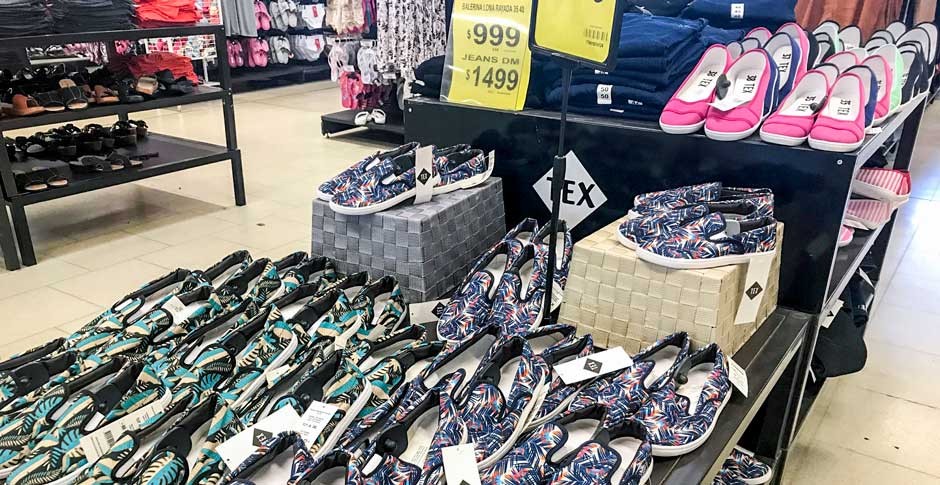


According to the recent study carried out by the Sectoral Economic Research consulting company -IES- on the footwear sector, the quarantine strongly impacted the activity, which had dragged on structural problems in recent years.
The manufacture of footwear between January and October 2020, according to market estimates, reached 48 million pairs, which meant a 30% contraction compared to the same period in 2019.
For its part, the apparent consumption of footwear for the accumulated of the first 10 months of 2020 registered a total of 61 million pairs, with a decrease of 31.3% compared to the same period of 2019.
From January to October 2020, imports of the footwear sector and its parts totaled US $ 236 million, with a drop of 33.2% in relation to the same period of 2019. Meanwhile, purchases abroad in quantities showed a decrease of 30% which corresponded to 14 million pairs compared to 20 million in the same period of 2019.
The main external supplier was Vietnam with a share of 30.8% in purchase values, followed by Brazil with 28.5%.
Sales of footwear and its parts abroad presented a contraction of 62.5%, in the accumulated from January to October 2020, reaching US $ 3 million compared to US $ 8 million in 2019.
In volumes, exports fell 63.1% in the analyzed period of 2020, completing 159 thousand pairs compared to 430 thousand pairs in the same period of 2019.
The destination of exports was led by Uruguay with 66.7% of the total, followed by Chile with 20.3% and the United States with 6.7%.
Regarding the evolution of the sector, the IES Consultores report pointed out that “footwear production showed a strong contraction and a significant drop in demand in the accumulated ten months of 2020 as a result of the confinement. To the structural problems that the sector had shown in recent years, with significant job losses as a result of the decline in activity since 2016 due to the opening of the economy, the mandatory quarantine ended up giving the coup de grace to many companies in the sector. After the harshest months of isolation, the gradual reopening of shoe factories began, but activity levels did not achieve a significant upturn. The Government has provided assistance to companies, such as loans at affordable rates and the payment of salaries through the ATP program -Assistance to Work and Production-. On the other hand, the lower circulation of people caused a drop in the demand for footwear that exacerbated the problems in the sector, due to the sharp decline in employment and real wages. Going forward, a recovery can be expected due to the reopening of the economy and the low levels in the industry, but activity will remain at low volumes. Furthermore, a government with a tendency to protect the domestic market would have a positive impact on supply via price and profitability increases”.
Finally, within the chapter on the perspectives of the sector, the director of IES Consultores, Alejandro Ovando, said that “the current situation is complex but it would tend to improve towards the next year, although the industry will operate with low levels in historical terms. After a year of strong contraction, the news of a possible vaccine to be applied in Argentina could mark the normalization of the economy, and with it the footwear sector could be one of the beneficiaries, after the minimum activity of 2020. A wage that would recover at the rate of activity levels and employment that would stop falling, together with a higher level of effective protection in tariff terms, could mark a turning point in both the short and medium term on the trend that has dragged the segment since 2016”.
RELATED ARTICLES:
Why are footwear increasing in Argentina?
IN EXTINCTION. More than 40 thousand clothing and footwear stores closed